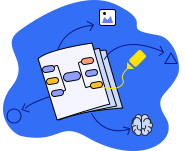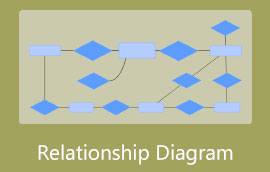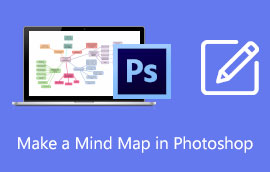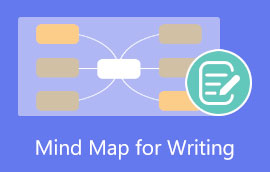Basic ORM Diagram Tutorial and Examples: The Ultimate Guidelines in Learning it
Our modeling and software engineering data require a superb methodology of project concepts. The information systems need it to create database models for business rules, engineering requirements, and website programming. Therefore, if you are one of the developers who aim to improve your software and web applications, you might need the ORM Diagram, suitable for developing a virtual object database for programming. We will dig deeper into its definitions and examples as we get along. In addition, join us as we learn how to create an ORM Diagram online using the most accessible ORM Diagram tool to utilize. Let us begin gaining knowledge about ORM DIagram for your programming and engineering tasks without further notice.

- Part 1. What is an Object-Role Model (ORM) Diagram
- Part 2. Object-Role Model (ORM) Diagram Examples
- Part 3. How to Make an Object-Role Model (ORM) Diagram
- Part 4. FAQs about ORM Diagram
Part 1. What is an Object-Role Model (ORM) Diagram?
As we start to discover what does mean by an Object-Role Model Diagram or ORM, allow us to begin defining it and what it is for. An ORM Diagram is the modern method and tactic of programming. This diagram can transform your incompatible data kinds into object-oriented programming languages. Also, ORM Diagram is for different data modeling and structure software engineering as we comprehend it more. These are for presenting business roles, warehouse data, XML schemas, requirements for engineering aspects, and even for developing your web applications or tools. In addition, this purpose is to link the database with the concepts of the object-oriented language of programming. This diagram can result in creating a virtual object database. In simple words, ORM Diagram helps us to see the relationship and roles within the objects in a database.
Part 2. Object-Role Model (ORM) Diagram Examples
Let us know more about it by learning a few examples and their purposes. As an overview, these examples are the Basic Object-Role Modeling and Cycle ORM Diagram. Please proceed as we get to know more of their definitions and purposes.
Example 1: Basic Object-Role Modeling
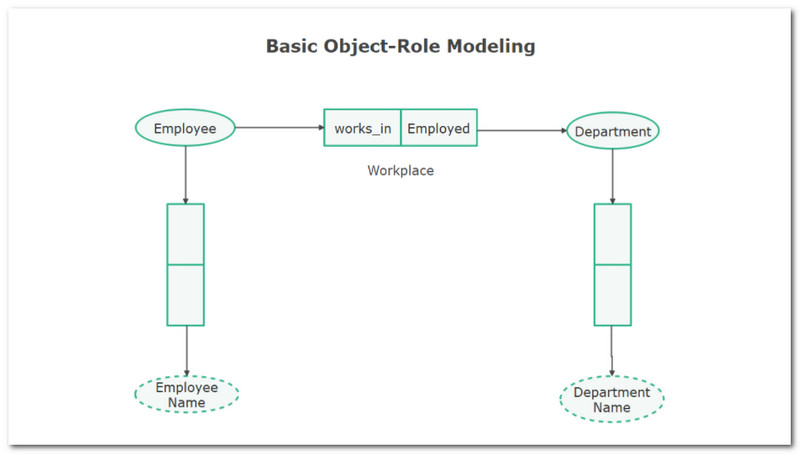
The first example is the basic Object-Role Modeling. This simple diagram presents us with an overview of the object-role model. Its purpose is to elaborate and make us understand the description and definition of the ORM Semantics. For that, it concerns meaning. In this example, we care about the importance of the symbol and graphics notations because these elements represent different entities and their connection. As we put it into context, we can use the Basic Object-Role Modeling to know the role and relationship of employees to the departments within an organization or corporation.
Example 2: Cycle ORM Diagram
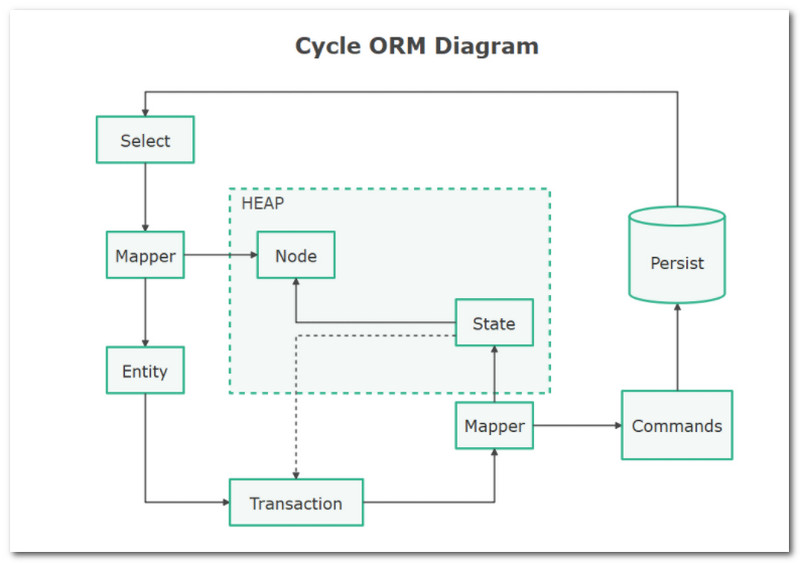
We are on the similar page when we say ORM Diagram is a great practical way to unveil the domain concepts. It can help us depict the objects, which are the entity types, the connection, or relationships as fact-types within these entities. In the Cycle ORM Diagram, we can see each object's role in the relationship. This example under ORM Diagram does not limit us, the developers, to carry entity details using different tactics and figures. Unlike Basic-role Meling, the Cycle ORM Diagram is more complex.
Part 3. How to Make an Object-Role Model (ORM) Diagram
We can see the definition of the ORM Diagram and its essence above. Especially with the programmers and engineers out there. In addition, we can also see a few of its examples as we try to visualize them. All of these help us think of why we need an ORM Diagram. Therefore, if you plan to create one for your grind and task, this portion is suitable for you if you want to know how to make one.
Secure Download
Secure Download
Go to the official website of MinOnMap, an easy-to-use ORM diamgram tool, and see its features. From the main web page, kindly click the Create Your Mind Map, which we can see on the center part of the interface.
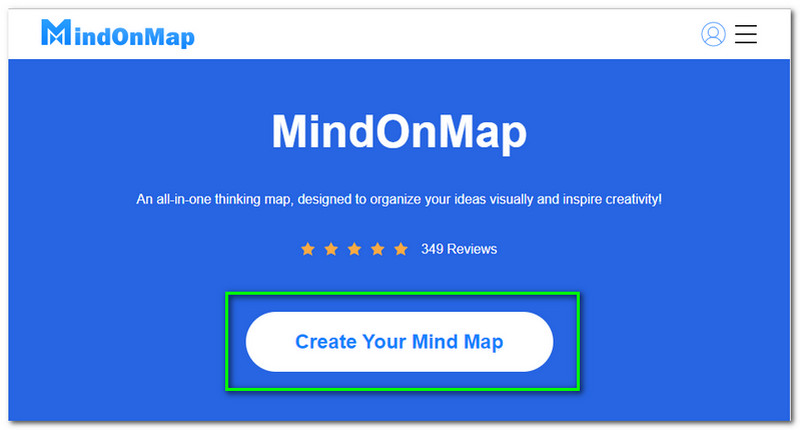
After that, it will lead you to the main feature of the tool. Then, we only need to click the New option, in which we can see the top-left portion of your browser. Please click the MindMap options on the right corner tab on the same page.
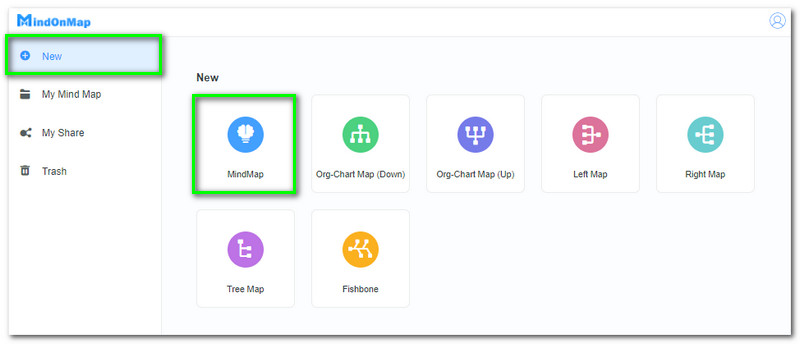
The following action we must do is click the Main Node at the middle part of your website. This Node will serve as the primary topic of your diagram. Then, proceed to add Sub Nodes, which we can locate on the options above. Please add the number of sub-nodes you need.
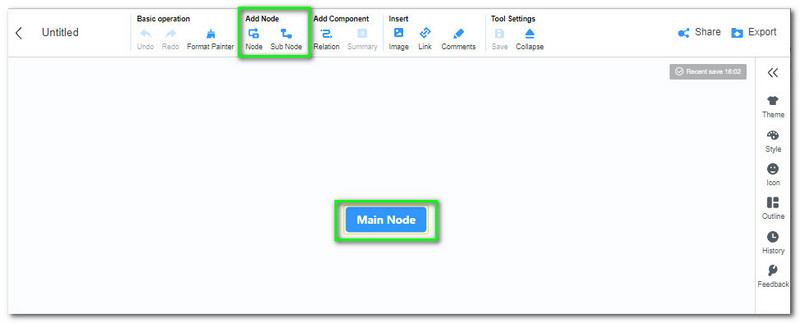
If you are entirely adding Nodes and Sub Nodes, It is now the time to add the information within your nodes as we make it a more comprehensively made diagram. Then, see relationships between the Objects within your chart, click each Node that has a connection with each other and tap the Relation above the corner. An Arrow will appear as a representation of the objects.
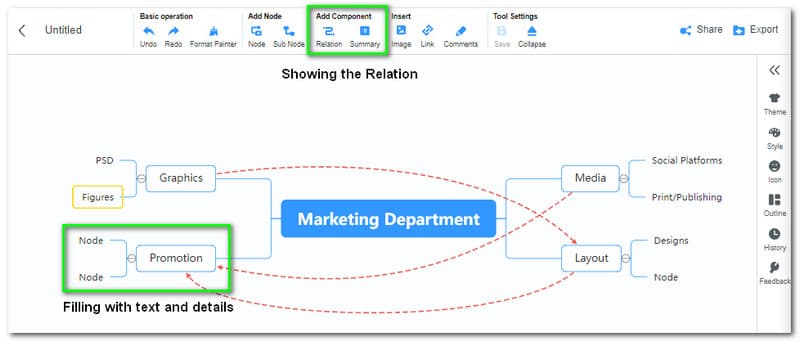
The next step is enhancing your diagram using the tools on the right corner of the website. You can add Background changes, the Colors and Themes of the graph, and Fonts.
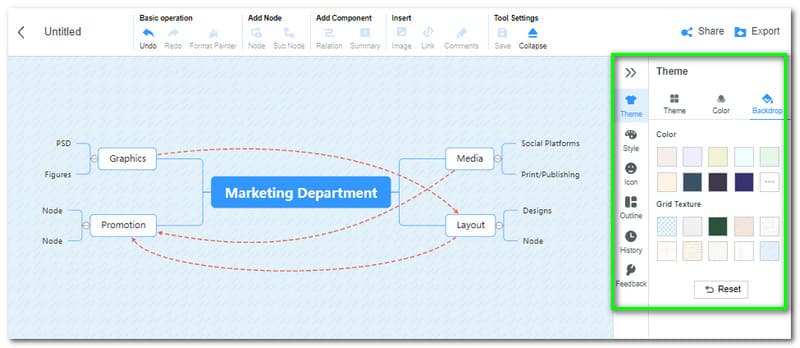
As we save your diagram, tap the Export button on the right portion of the web page. Then choose your preferred format.
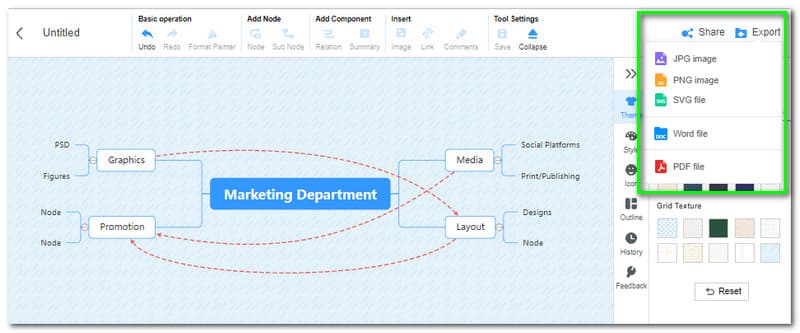
Part 4. FAQs about ORM Diagram
What are the differences between ORM Diagram and ER Diagram?
ORM Diagram and ER Diagram are figures that show modeling database structures and concise information about particular objects within your database. However, the difference is their depth in terms of giving details. ORM Diagram provides in-depth information rather than ER Diagram. They may vary in some aspects, yet we cannot deny that they help evolve web graphics and designs.
Does JavaScript possess a massive role with ORM Diagram?
Yes. As we all know, an ORM diagram is a mapping within a specific set of objects. These objects are probably in the character of a programming language like JavaScript. That is why JavaScript contains an essential role in knowing the programming language behind the ORM Diagram.
What programming language is better than ORM?
Programming languages differ from each other. However, if we look at hands-on management, SQL is better than ORM. It is crucial to know more about the usage of SQL as we maximize the use and performance of your database.
Conclusion
As we reiterate the information above, we can see various details about ORM Diagram like its definition, usage, examples, and the procedure we need to take in creating it. May we gain knowledge with the facts above as we use it within our tasks and grinds. Moreover, the main point we need to remember is the usage of an ORM Diagram– for data modeling in structure for software engineering. In addition, we can also see the benefits of MindOnMap on making the procedures possible, at least with simple steps. Its ability to give a lot of features is the reason why many users are constantly using it. Utilize it now through your browser.







